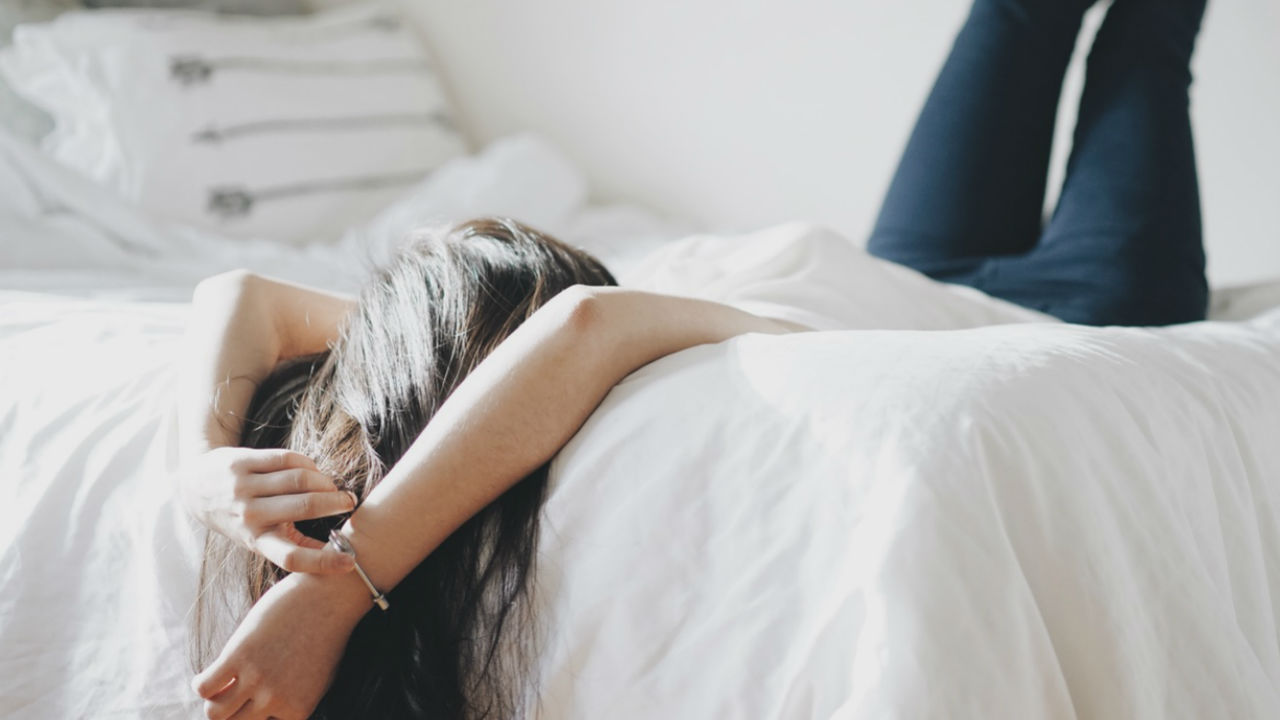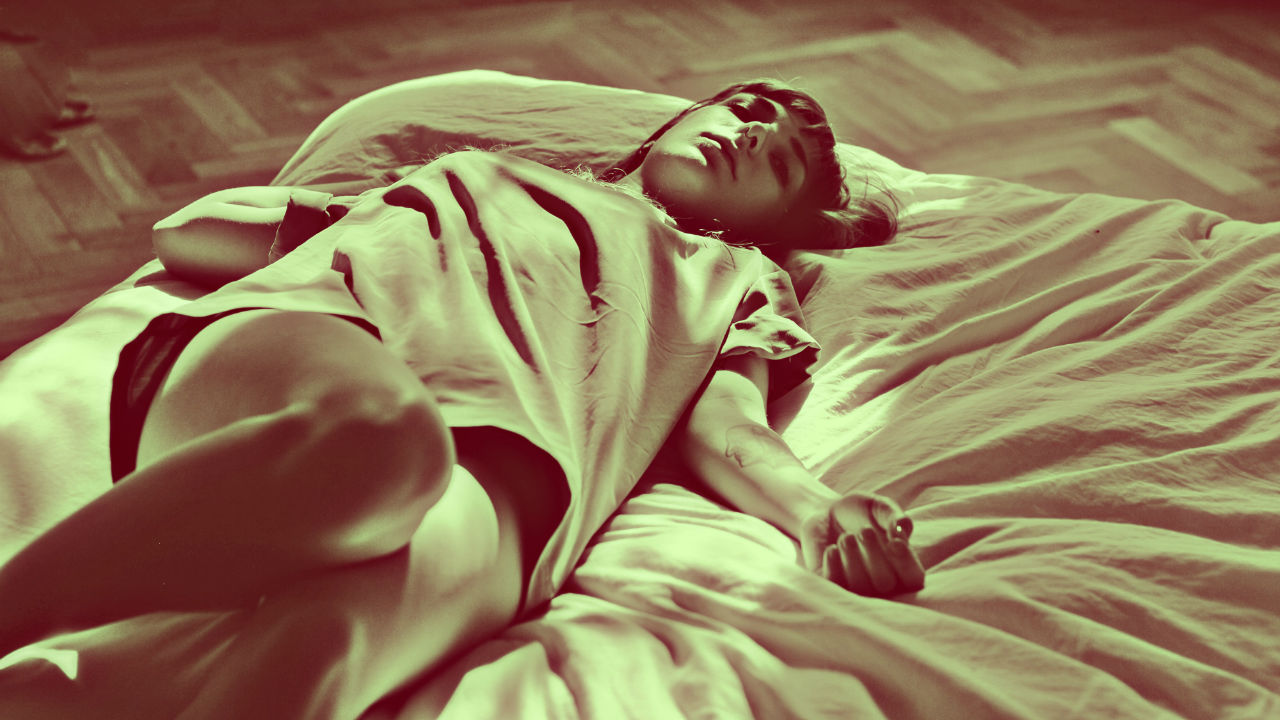 Photo: Getty Images
Photo: Getty Images
Everyone has a circadian rhythm, which is the body’s cycle of changes that happen every 24 hours. The circadian rhythm controls many aspects of how our bodies function, including hormone levels, when we are hungry, and the cycle of when we are asleep or awake. When this cycle is disrupted, such as when we have “jet lag” after a long plane ride, it can take the body several days to get back into a normal circadian rhythm.
The circadian rhythm includes physical, mental, and behavioral changes that are often triggered by changes in the level of light. Sunrise and sunset are natural triggers that help the body maintain a normal circadian rhythm. Scientists have long believed that light entering the eye was a key to “setting” our internal clocks. A recent study by researchers at Johns Hopkins University, the University of Southern California, and Cornell University uncovered part of the secret of how the eye contributes to setting these clocks.
Inside the human eye, light is focused on the back wall of the eyeball which is known as the retina. Inside the retina are light receptor cells that take the light energy and convert it to electrical impulses that are sent to the brain as a visual image. The two primary types of light receptor cells are rods and cones. Cones provide clear, detailed vision and color vision. Rods see only in black and white. They are more sensitive to light and provide most of our vision in low light.
The circadian rhythm study, lead by Samer Hattar from John Hopkins, revealed that in low light conditions the rods are the structures in the eye that are responsible for regulating the body’s internal clock. This is a surprise to some scientists who once believed that circadian rhythms could only be set in bright lighting conditions. Hattar also said, “We knew going in that rods ‘bleach,’ or become ineffective, when exposed to very bright light, so it was thought that rods couldn’t be involved in setting our clocks at all in intense light. But they are.”
The results of the study have implications for people who work indoors in dim lighting conditions, such as in offices with limited windows or where lighting is kept low for work on computer screens. Being in low light for long periods of time can throw off the body’s circadian rhythm which in turn throws off the sleep cycle. Hattar recommends that everyone spend some time every day in bright daylight to counteract the effects of dim lighting indoors. Natural light can help reset the body’s clocks to maintain a cycle of sleeping at night and staying awake during the day.
Another group that can benefit from this advice is older adults. As we age, the rods in the eyes gradually lose their ability to function, which can affect how the body maintains its circadian rhythm. Care providers can help patients be ready to sleep at night by making sure they spend some time everyday outdoors in bright, natural light.
Sources:
Eureka Alert: John Hopkins University
National Institute of General Medical Sciences
Merck Manuals Online





Add a CommentComments
There are no comments yet. Be the first one and get the conversation started!